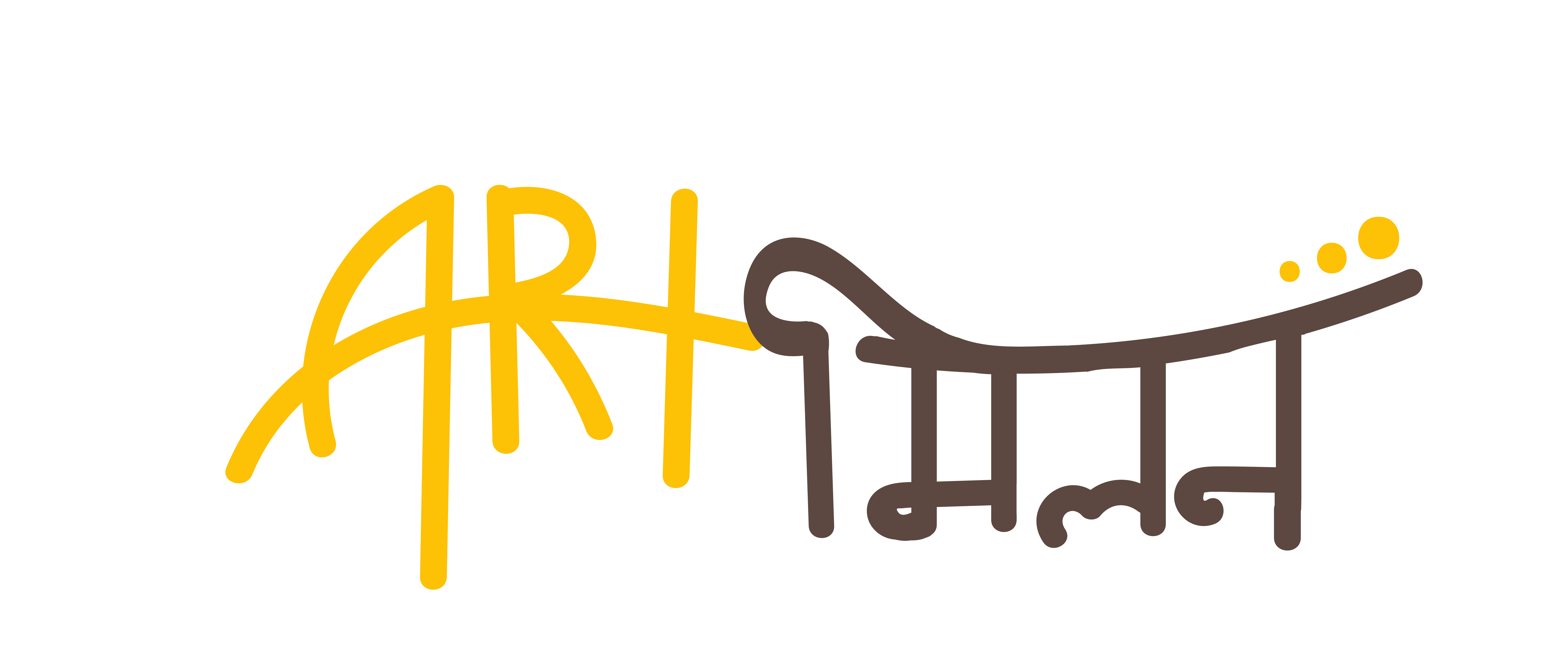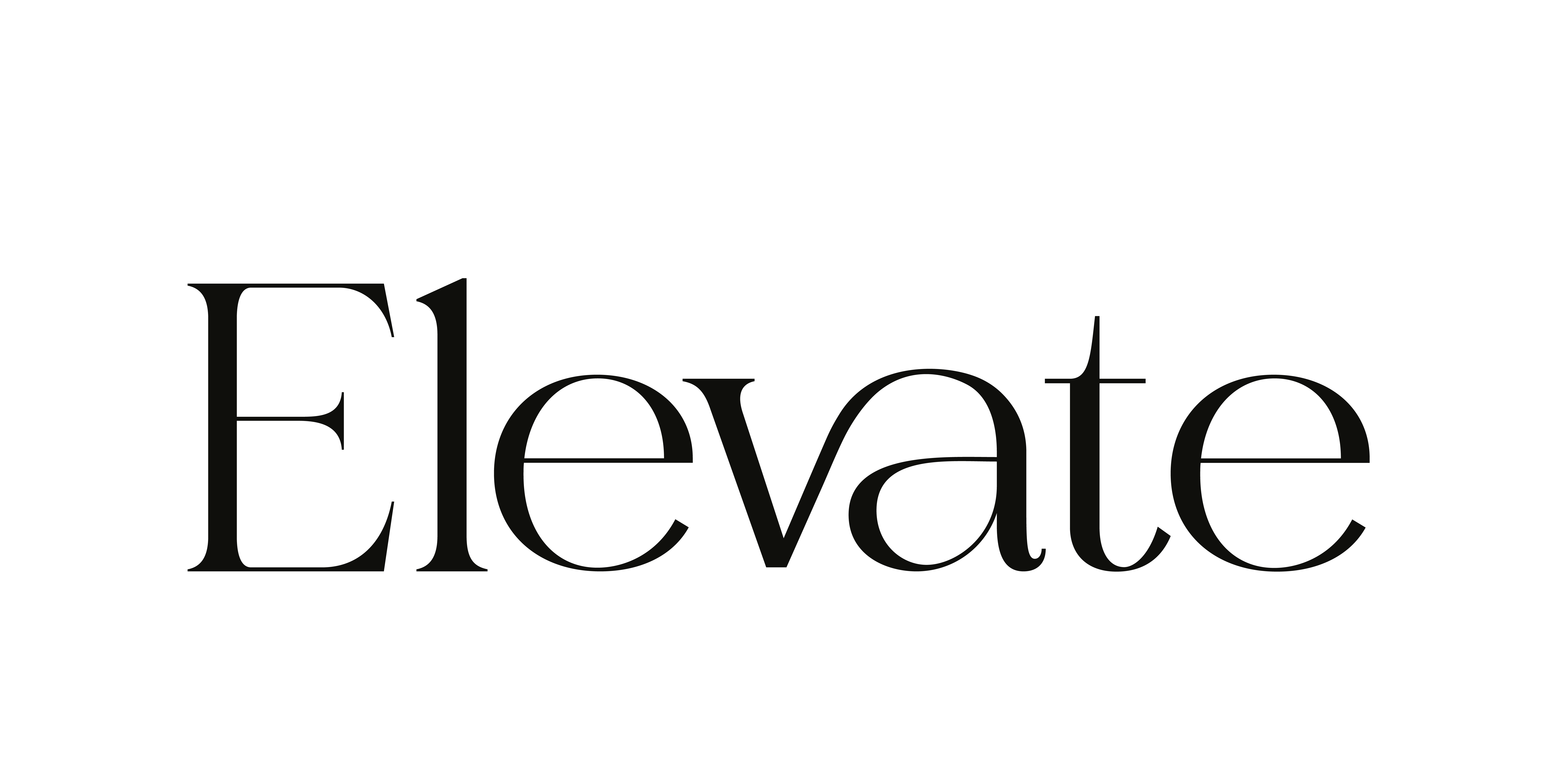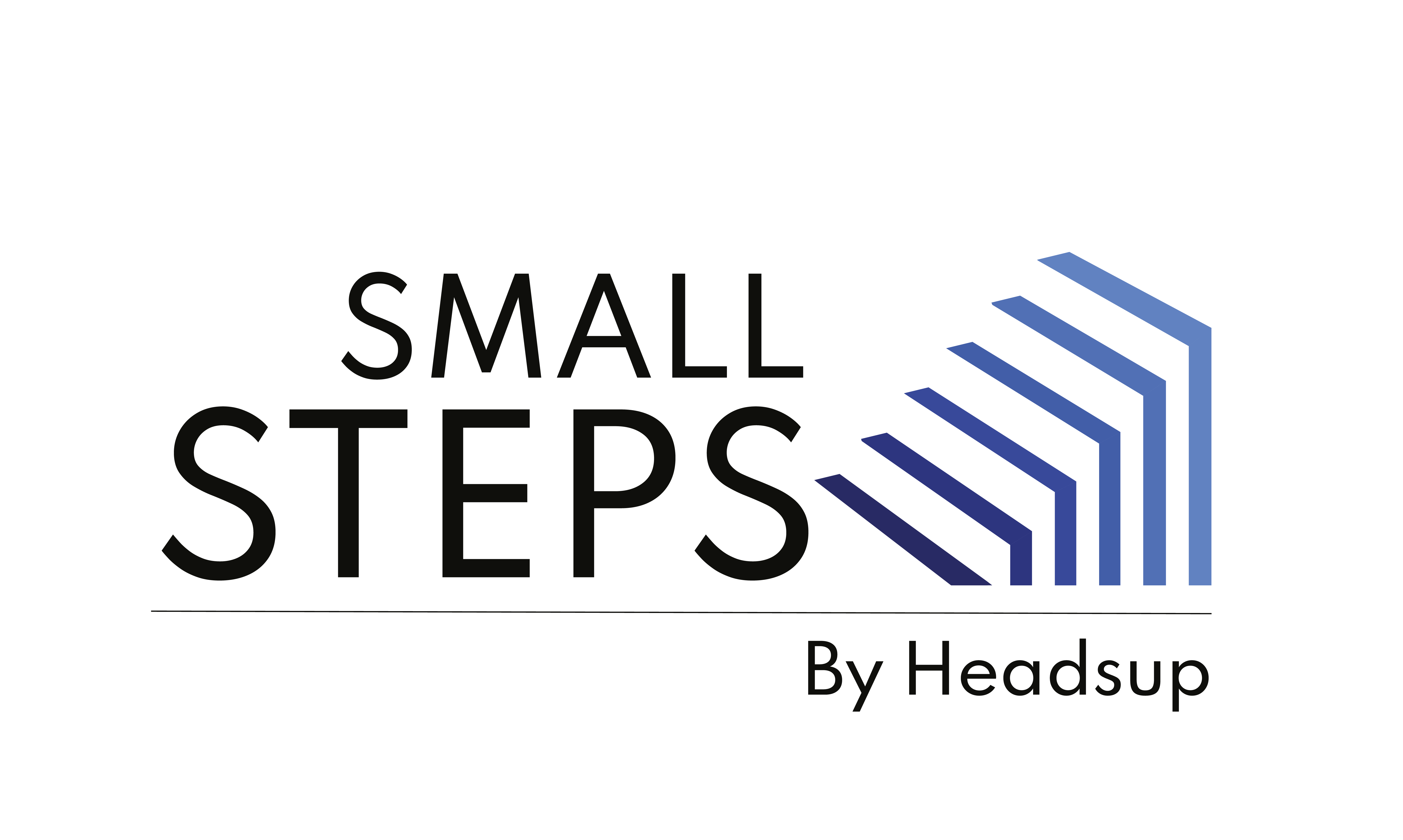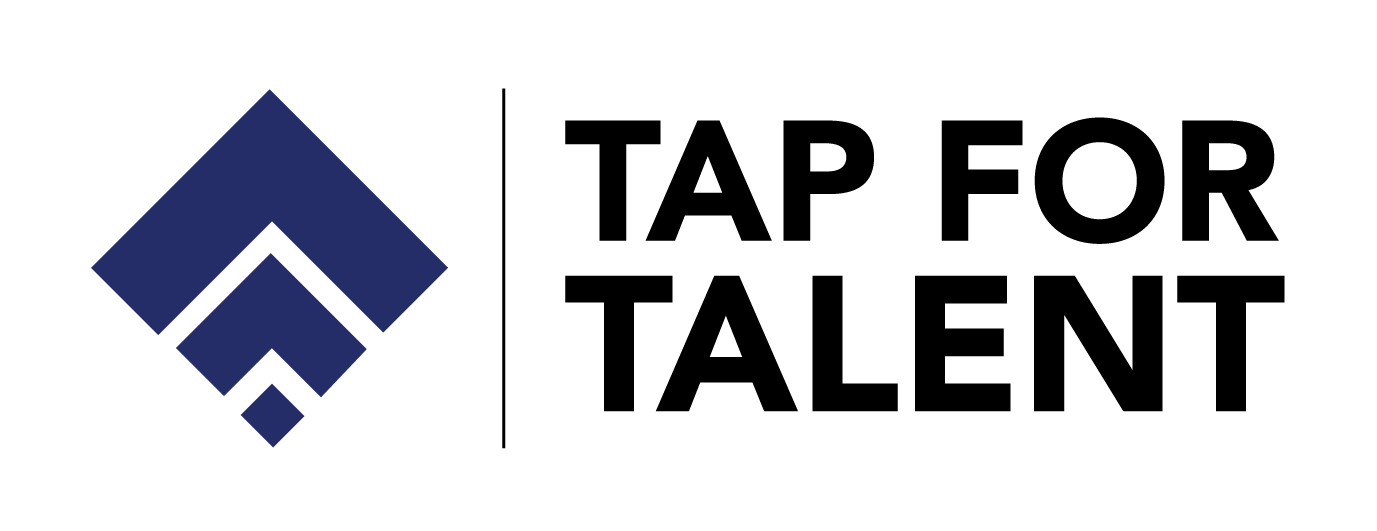People with disabilities want to be recognized for what they can do, not what they can’t do.
~Karni Liddell
Recent statistics show that about 1 billion people with disabilities are working and excelling in their niches. While the statistics clearly prove that the world is ushering itself towards an inclusive workspace, our diversity and inclusion initiatives are clearly working out as expected. However, the reality is not half as rosy as you would expect from these statistics.
Call it the age-old stigma or institutionalised mindset, but people with disabilities have still been deemed to be a liability at different workplaces. People are still judging the calibre of perfectly working professionals on biases such as physical, psychological, or neurological disease or disorders illness, whether temporary or permanent injury, including work-related injuries.
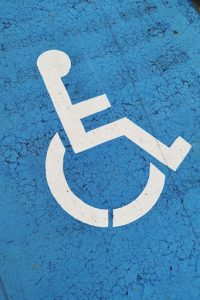
But do you know what you lose when you let these biases get the best of you? You lose potential. You lose talent and much more.
Hence, you must make sure that you actively seek out and assist employees with impairments. Employing people with disabilities enables you to expand your talent pool, draw in more highly skilled candidates, improve teamwork, increase output, and establish yourself as an employer of choice. Your diversity, equity, and inclusion in the workplace model remain incomplete without considering this talent pool. And, as the International Awareness Day for People With Disabilities theme suggests, innovation and transformation are our future. But without including people with disabilities, the innovative framework fails.
Now, based on the same ideas of innovation and transformation, inculcating the benefits of diversity and inclusion in the workplace by optimising people with a higher skill set irrespective of their impairment is important. This may seem like a huge undertaking, but it really is not.
All you need to do is look beyond the shackles of the conscious and unconscious bias against a physical or psychological condition. People with disabilities are legitimate professionals thriving in different walks of life. Take cues from some of these policies and do justice to your brand’s diverse and inclusive workspace.
Breaking 8 Corporate Stereotypes with Diversity and Inclusion Initiatives
1. Screening Processes are Open to All
People often think that the screening process is open to people from all criteria. However, the screening processes come with two or three effective filters for people on the disability spectrum, no matter how modern they get. You may make it accessible to one or two groups however, the diversity and inclusion at the workplace model needs more than that. Branch out, and revamp screening to include all of them.
2. Hiring People With Disabilities Is For the Show
This is perhaps the biggest stereotype working against people with disabilities. No, they are not for the show or are merely the diversity hire to keep the name up. They are valid; their work amounts to specific accomplishments by the organisation. You have to make sure that you go ahead with this mindset.
3. People with Disabilities Need Extra Training
In terms of certain help and assistance, people with physical disabilities may need certain accommodations. Still, it does not mean that you have to train them differently than any other new hire. And, if the employee has been in the profession for quite some time, you might not need to even do that.
4. Attendance Criteria are Not the Same for Such Employees
Diversity, equity, and inclusion in the workplace models clearly talk about the same rules and regulations and equal treatment. Then, the myth that attendance for people on the disability spectrum varies is an absolute lie. For obvious health concerns, each employee gets similar relaxations, and organisations need to keep this in mind.
5. You Need to Relax Certain Rules
The rules remain the same for all employees and that’s the status quo for all organisations. For very specific cases, to protect the rights of the employees with impairment, they get relaxation, but most of them do not hamper the rights and working of the others.
6. Negotiation Is Not Easy
Salary negotiations is a pre-discussed organisational decision. Neither does it affect the diversity and inclusion initiatives nor dabbles in the area of negotiation on the basis of disabilities. People get incentives based on their skill sets, career graph, and sheer talent that they show while employed.
7. People With Disabilities Need A Different Environment
Working in a healthy and diverse workspace is not a luxury for people on the disability spectrum. It is a fundamental perk that each organisation should offer to all its employees.
8. Token Language Correction Works
Tokenism has increased tremendously in workplaces. With the numerous benefits of diversity and inclusion in the workplace, we also can’t ignore that tokenism is also rampant. The biggest example is the so-called “politically correct” language. By correcting the way you address people, you do make a point. But, it’s still a long way towards reaching home. You have to deal with the biases that go beyond the confines of languages.
Conclusion
Diversity and inclusion initiative is your responsibility. As an employer, you need to ensure that all employees have beautiful experiences, and this obviously includes employees with any kind of disabilities. Ensuring that offices are accessible is only one aspect; recognizing what matters to individuals and creating experiences that meet their needs and desires is always on top. Only this will help people succeed at work and thrive and feel accepted.
This is true for every employee of a forward-thinking, innovative and transformative organisation that cherishes its most valuable resource, its personnel. Whatever demands they may have. True diversity and inclusion come with that sense of belonging and being at ease. We should remember that.





